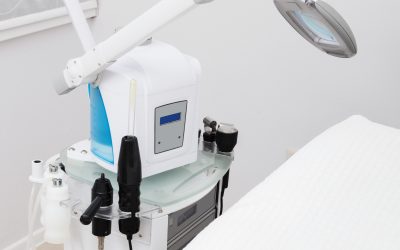The aviation industry continually seeks advancements in technology and efficiency, particularly in the realm of engine performance and safety. Central to these efforts are Turbine Engine Test Cells , specialized facilities designed to test and evaluate the performance of turbine engines under controlled conditions. This article delves into the significance of these test cells and their role in enhancing the operational efficiency of aircraft engines.
Importance of Turbine Engine Test Cells
Turbine engine test cells are crucial for several reasons:
- Safety Assurance : They allow for thorough testing of engines to ensure they are safe for flight operations. This includes stress tests and performance evaluations under various conditions.
- Performance Optimization : Engineers use test cells to fine-tune engines, improving fuel efficiency and power output while reducing emissions.
- Cost Efficiency : By identifying potential issues before engines are deployed, test cells save airlines and manufacturers significant repair and replacement costs.
- Regulatory Compliance : Test cells help ensure that engines meet strict regulatory standards for emissions and noise.
Components and Functionality
A turbine engine test cell typically comprises several key components:
- Control Room : Where technicians monitor and control the testing parameters.
- Test Chamber : An enclosed space where the engine is mounted and tested.
- Data Acquisition Systems : These collect performance data, such as thrust, fuel consumption, and temperature.
The testing process involves running the engine at various power settings and measuring its response to simulated flight conditions. This data is invaluable for making adjustments and ensuring optimal engine performance.
Technological Advancements
Advancements in technology have greatly enhanced the capabilities of turbine engine test cells:
- Automation : Modern test cells incorporate automated systems that can adjust conditions and record data with minimal human intervention.
- Simulation Software : Advanced software models complex flight scenarios, allowing for more precise and varied testing.
- Environmental Controls : Enhanced environmental controls simulate a wider range of atmospheric conditions, providing a more comprehensive assessment of engine performance.
Challenges and Innovations
Despite their effectiveness, operating turbine engine test cells presents challenges:
- High Operational Costs : The complexity and scale of test cells incur high costs in terms of both setup and maintenance.
- Technical Complexity : The high level of expertise required to operate the test cell technology can be a barrier to some organizations.
- Environmental Concerns : The operation of test cells, especially older models, can have significant environmental impacts due to noise and emissions.
In response, innovations continue to emerge, focusing on reducing the environmental footprint and improving the cost-efficiency of these facilities. For instance, using electric motors to simulate load during tests reduces emissions compared to traditional methods.
Conclusion
Turbine engine test cells are indispensable in the aviation industry, playing a critical role in ensuring the safety, efficiency, and regulatory compliance of aircraft engines. The ongoing technological enhancements and innovations within these facilities highlight the industry’s commitment to advancing aviation technology while addressing operational and environmental challenges. As these test cells evolve, they promise to further elevate the standards of aircraft engine performance and reliability, ultimately leading to safer and more efficient air travel.







